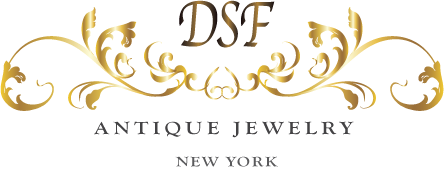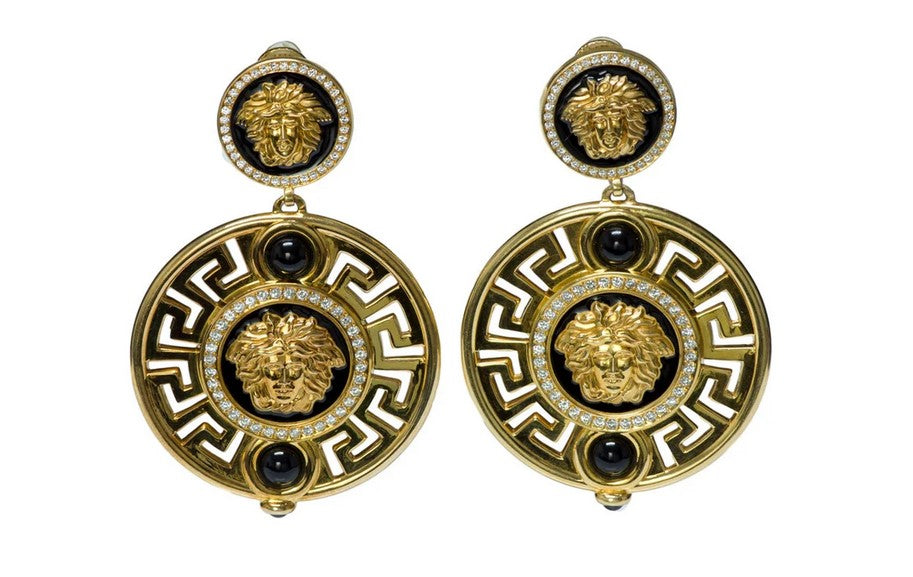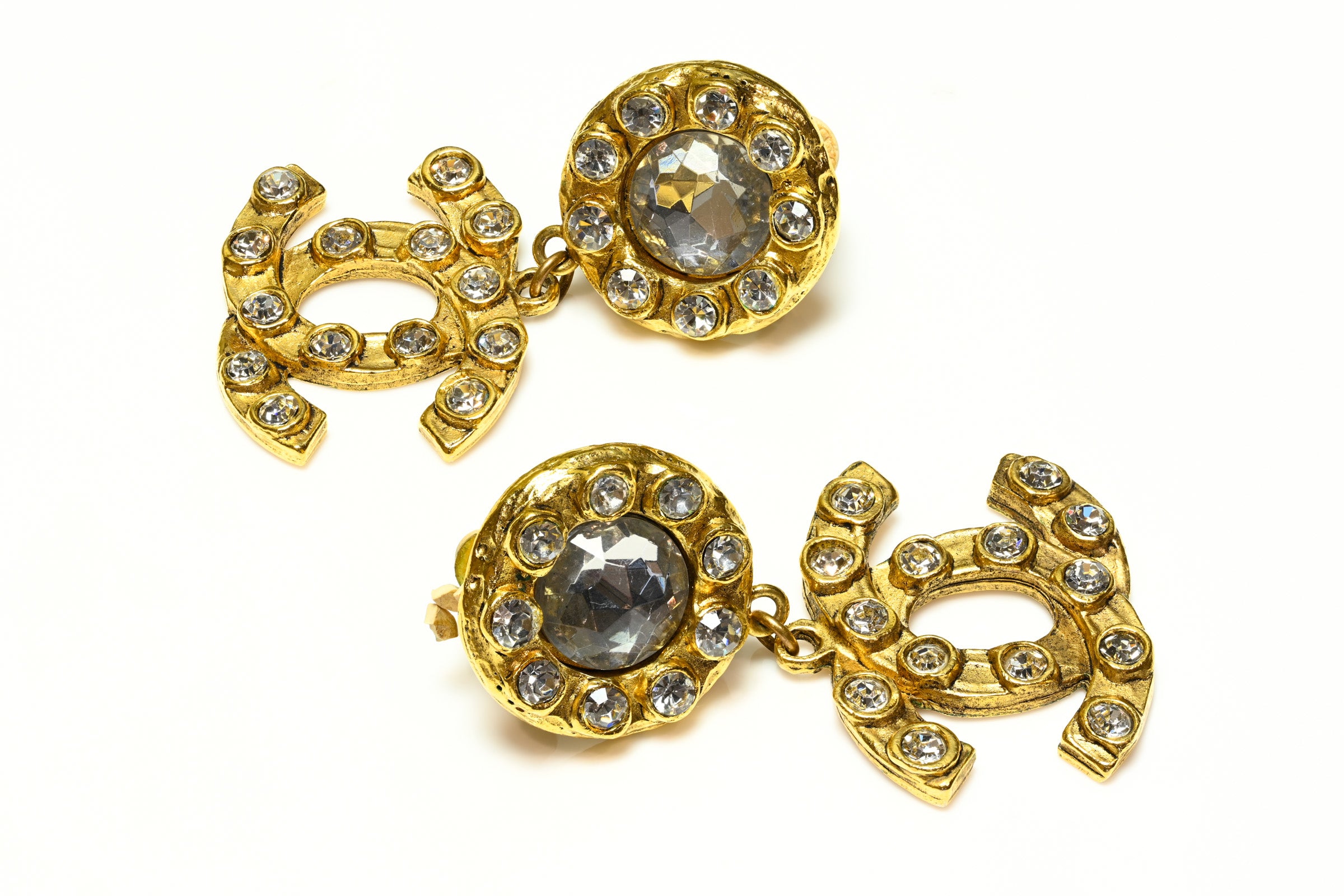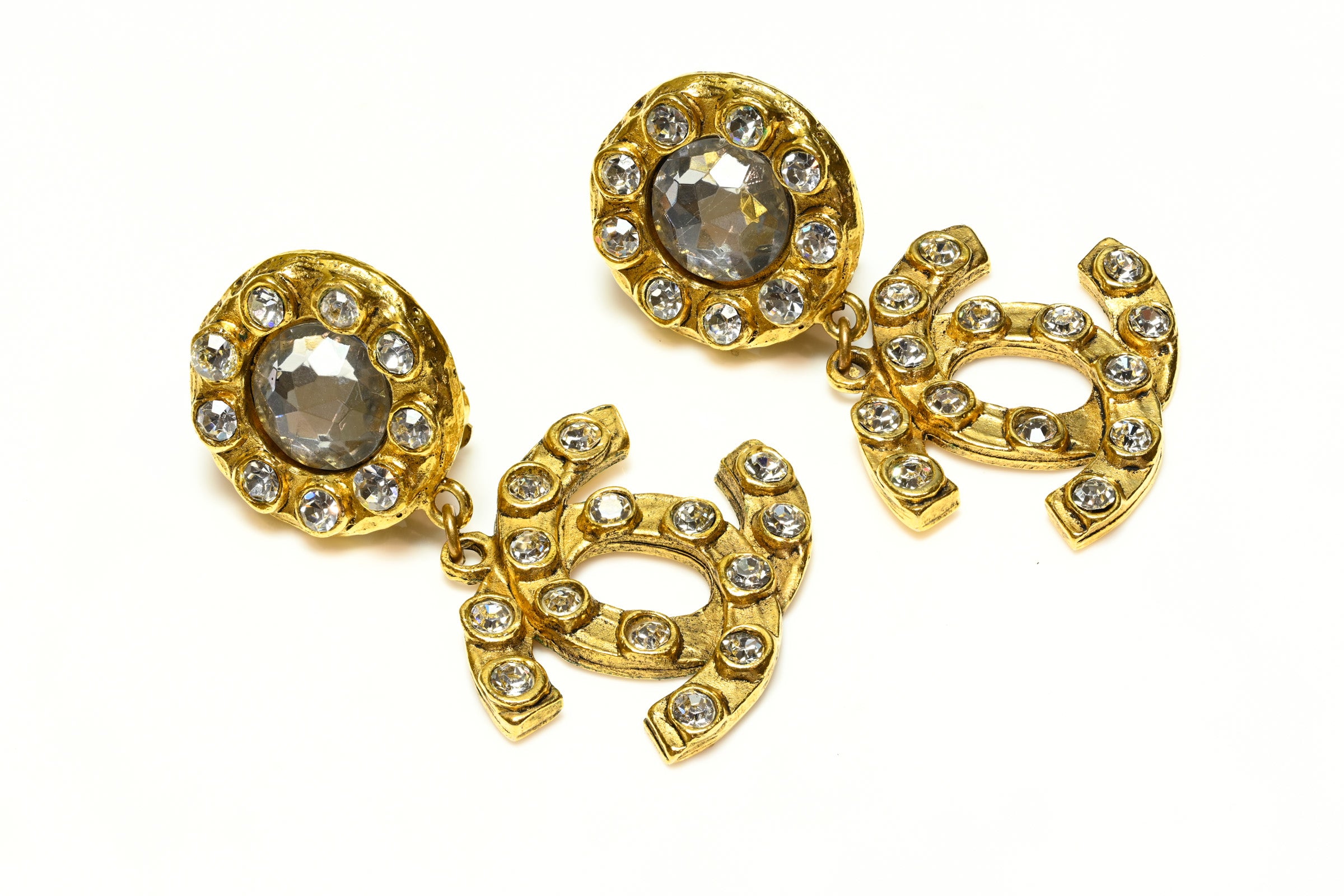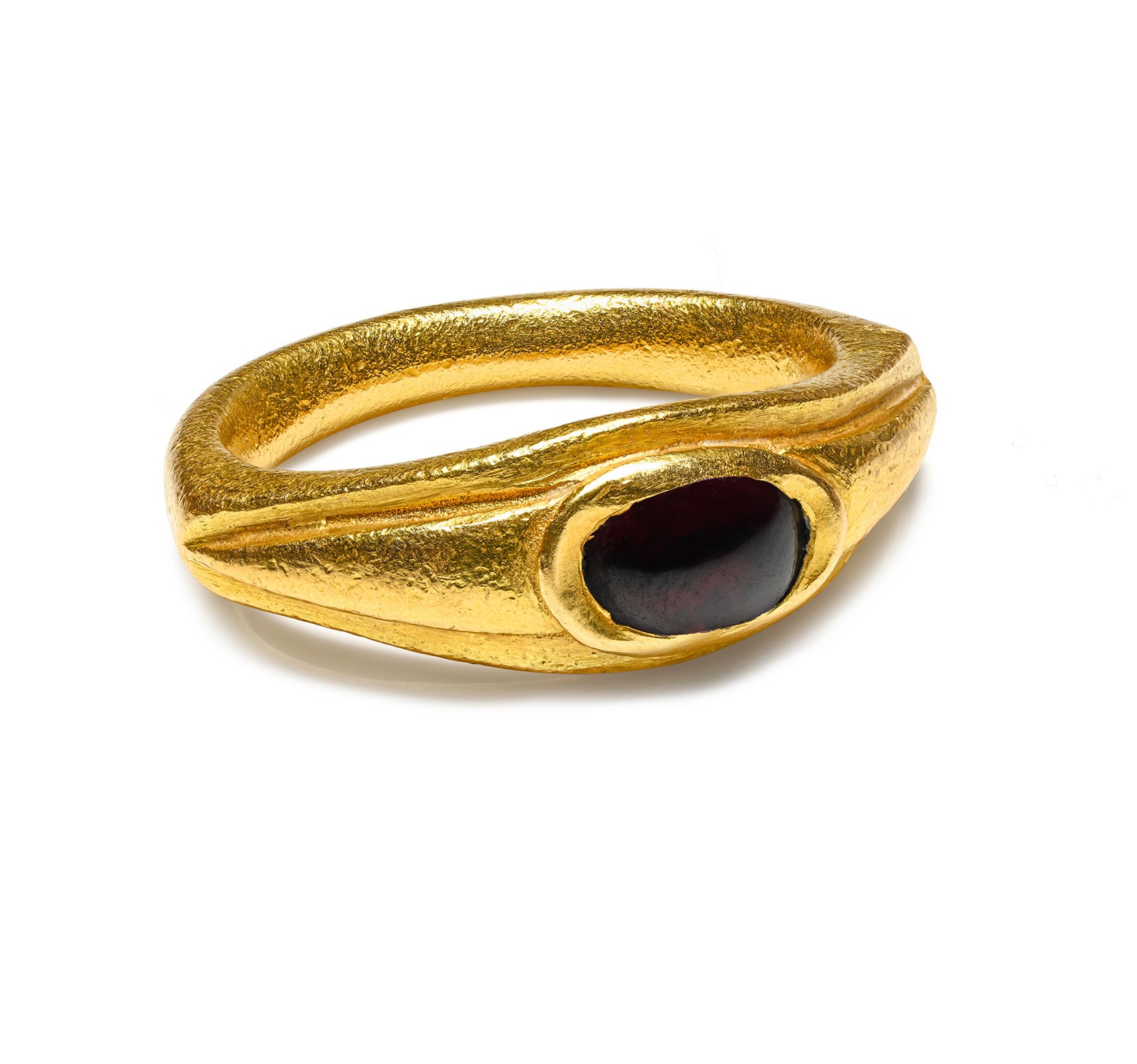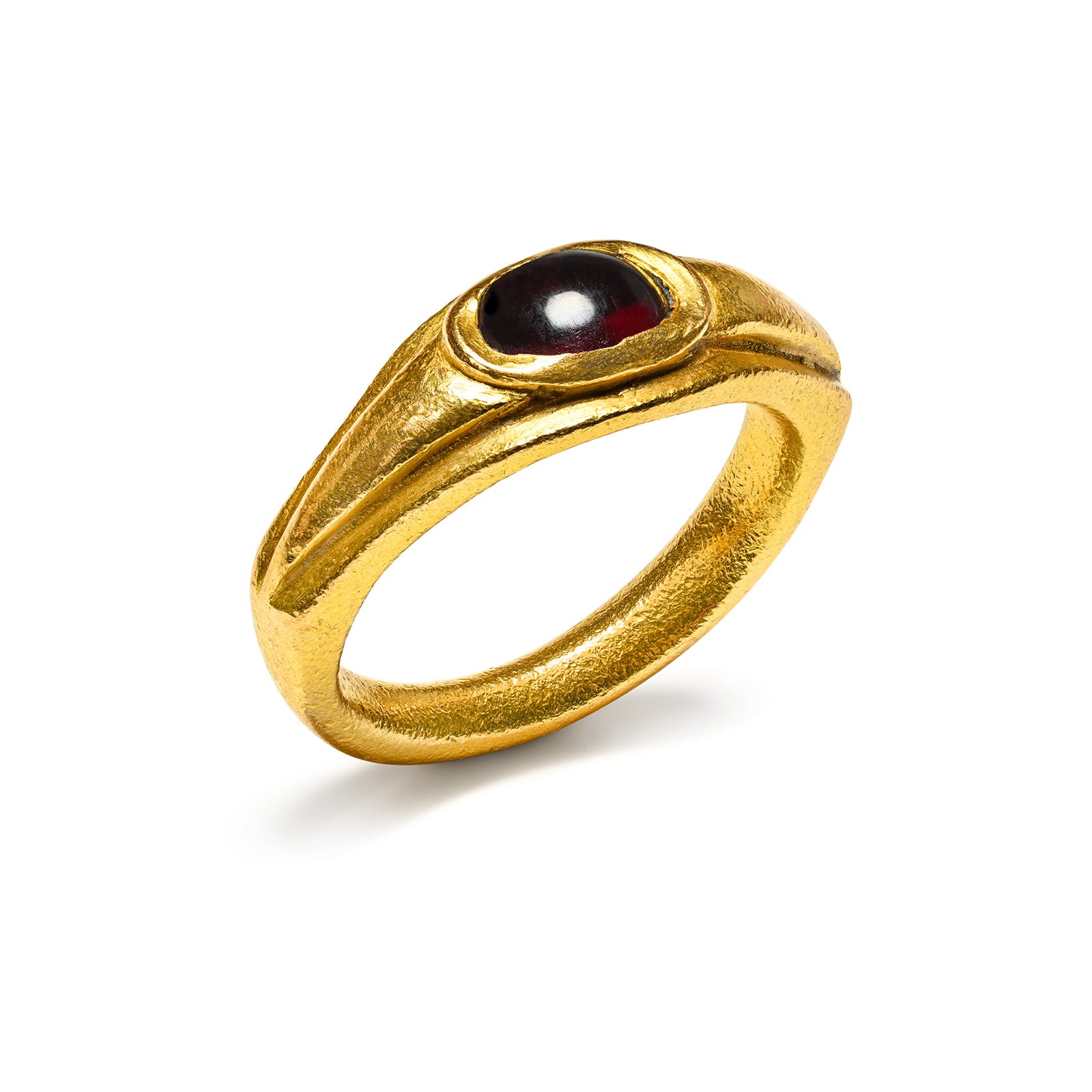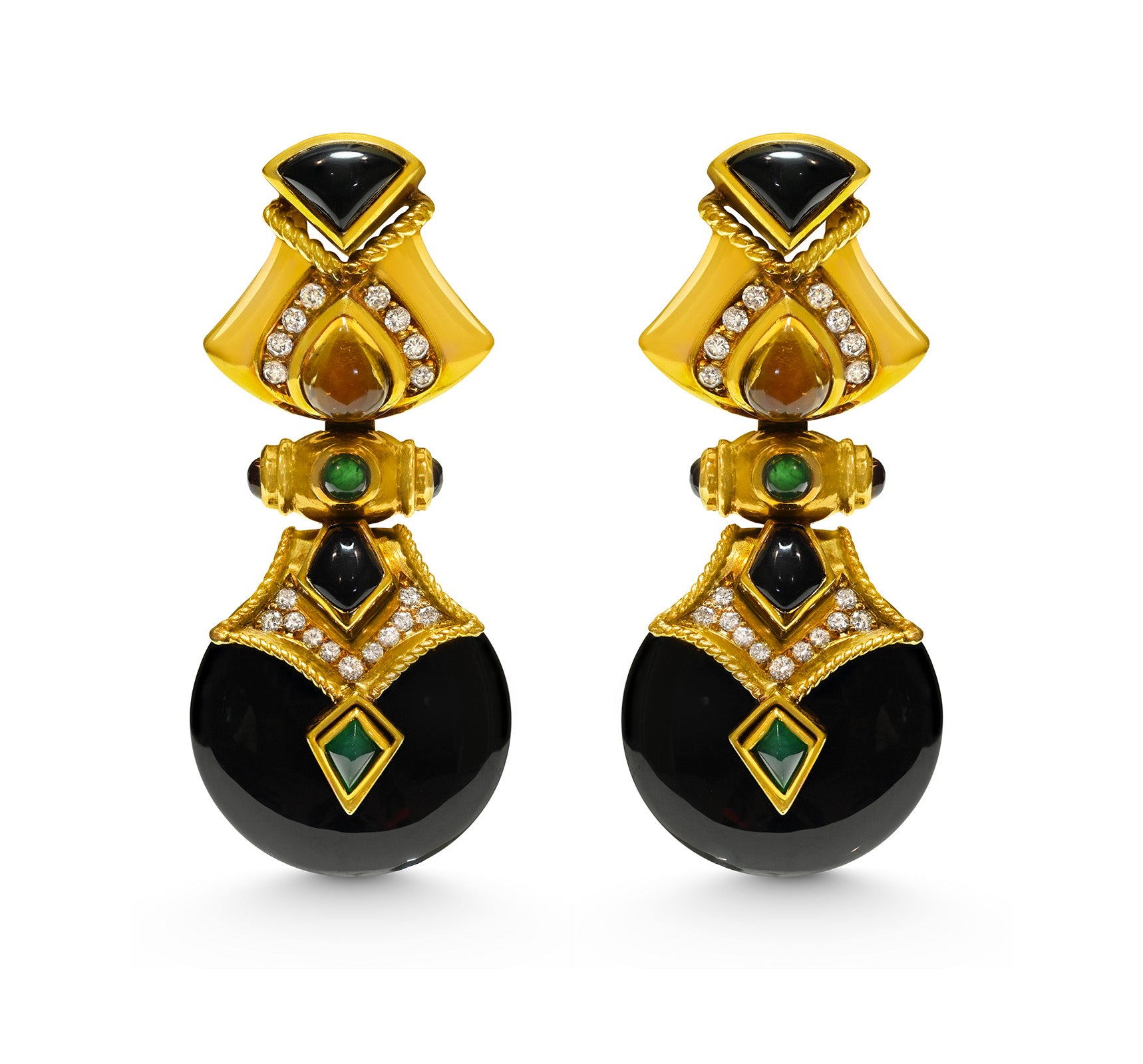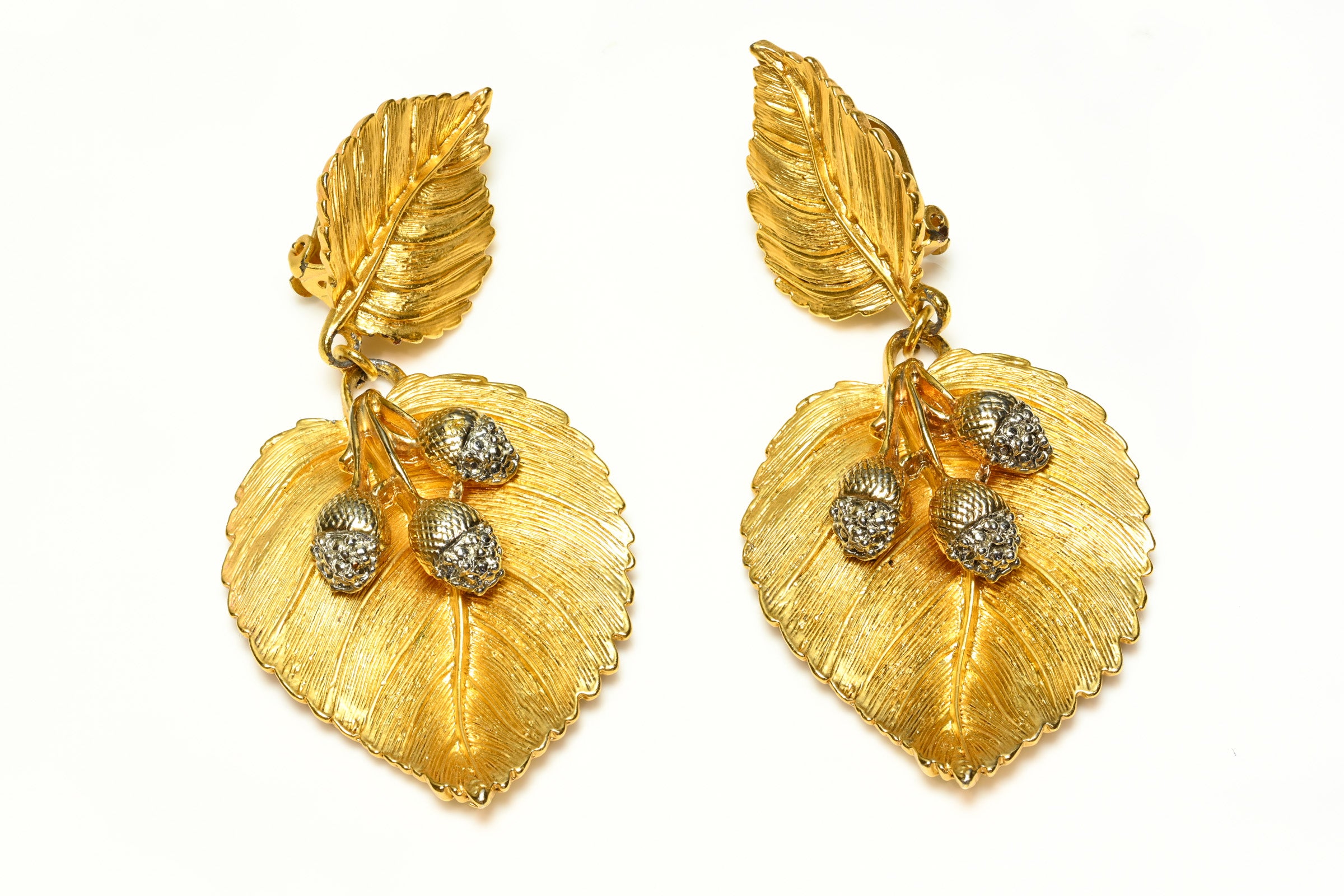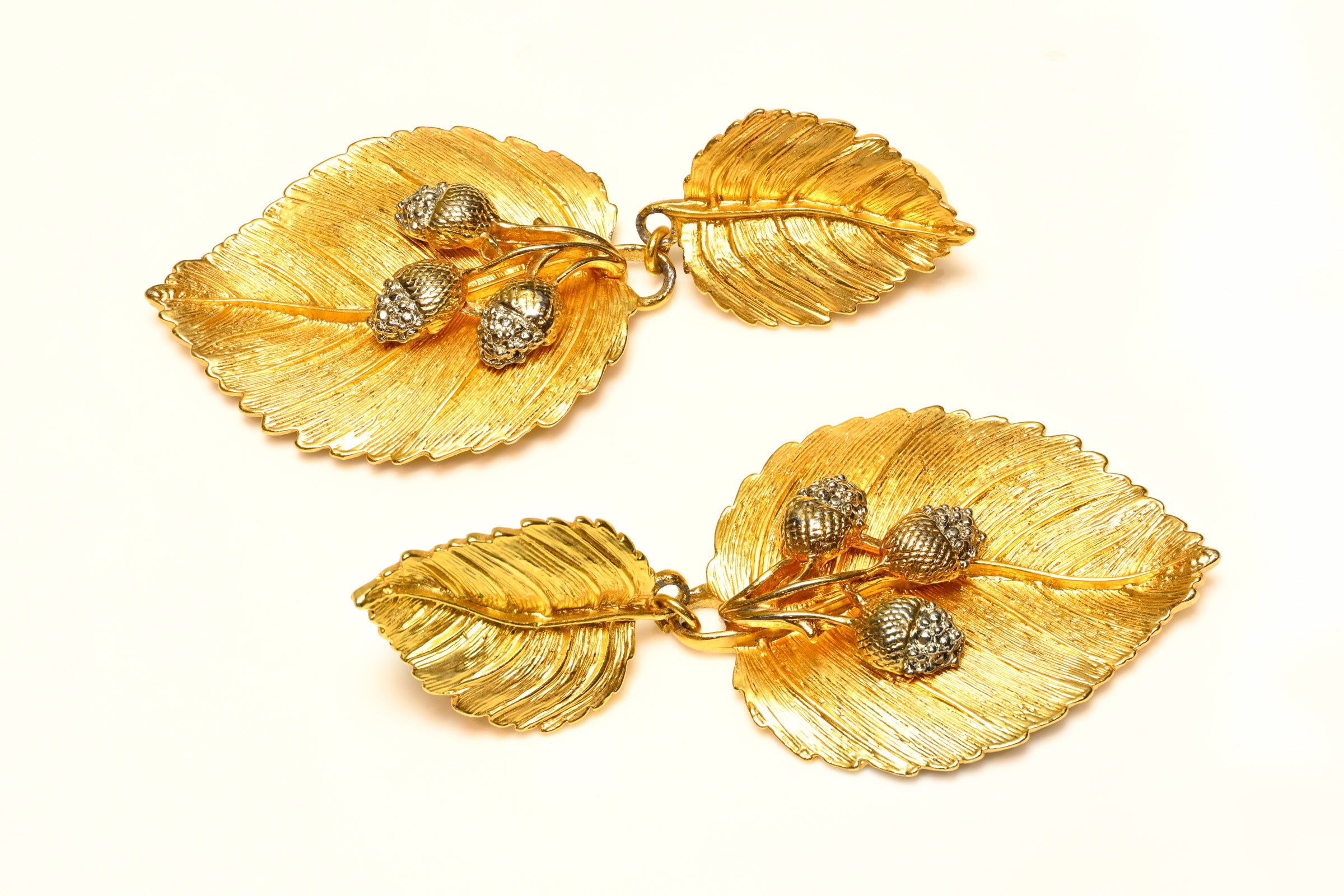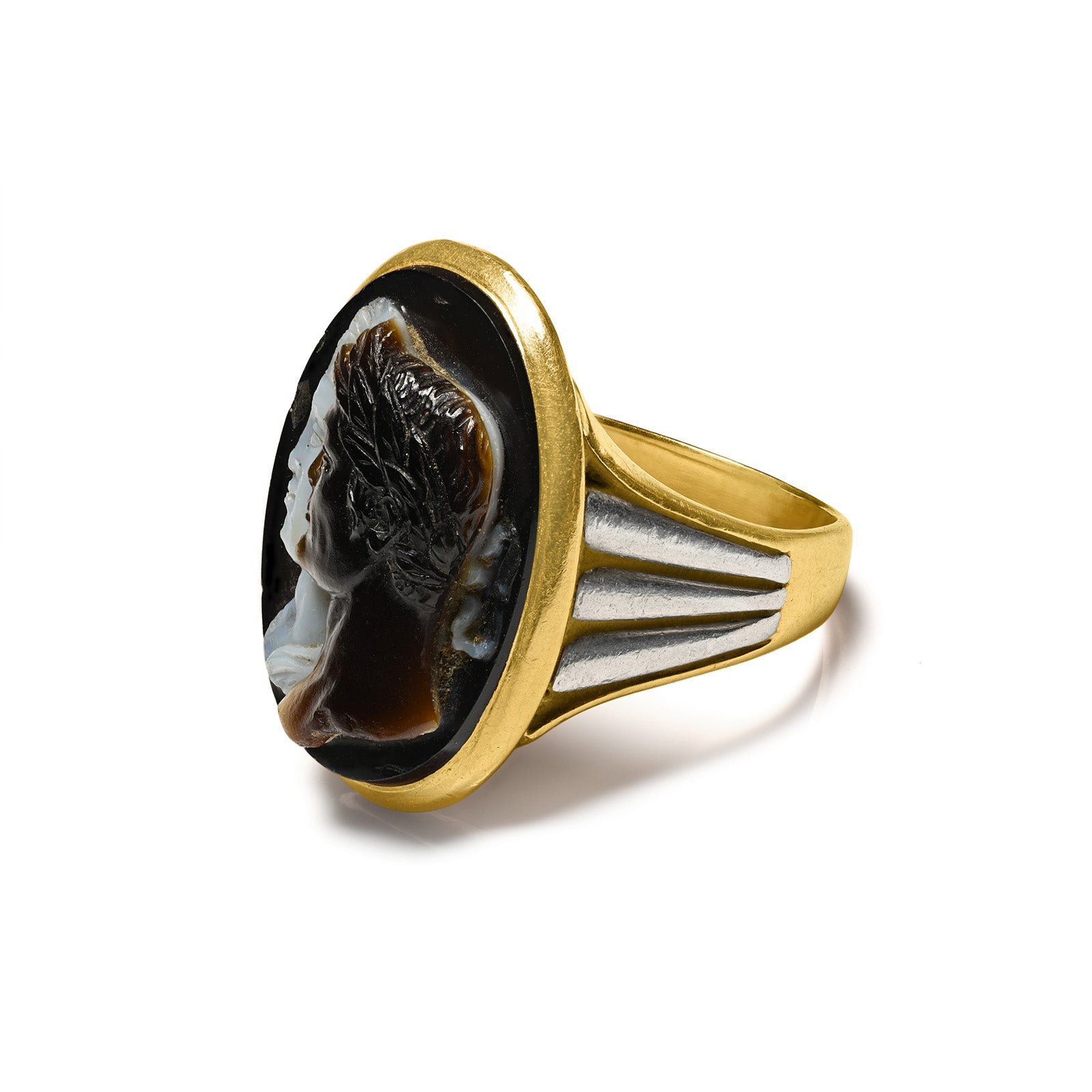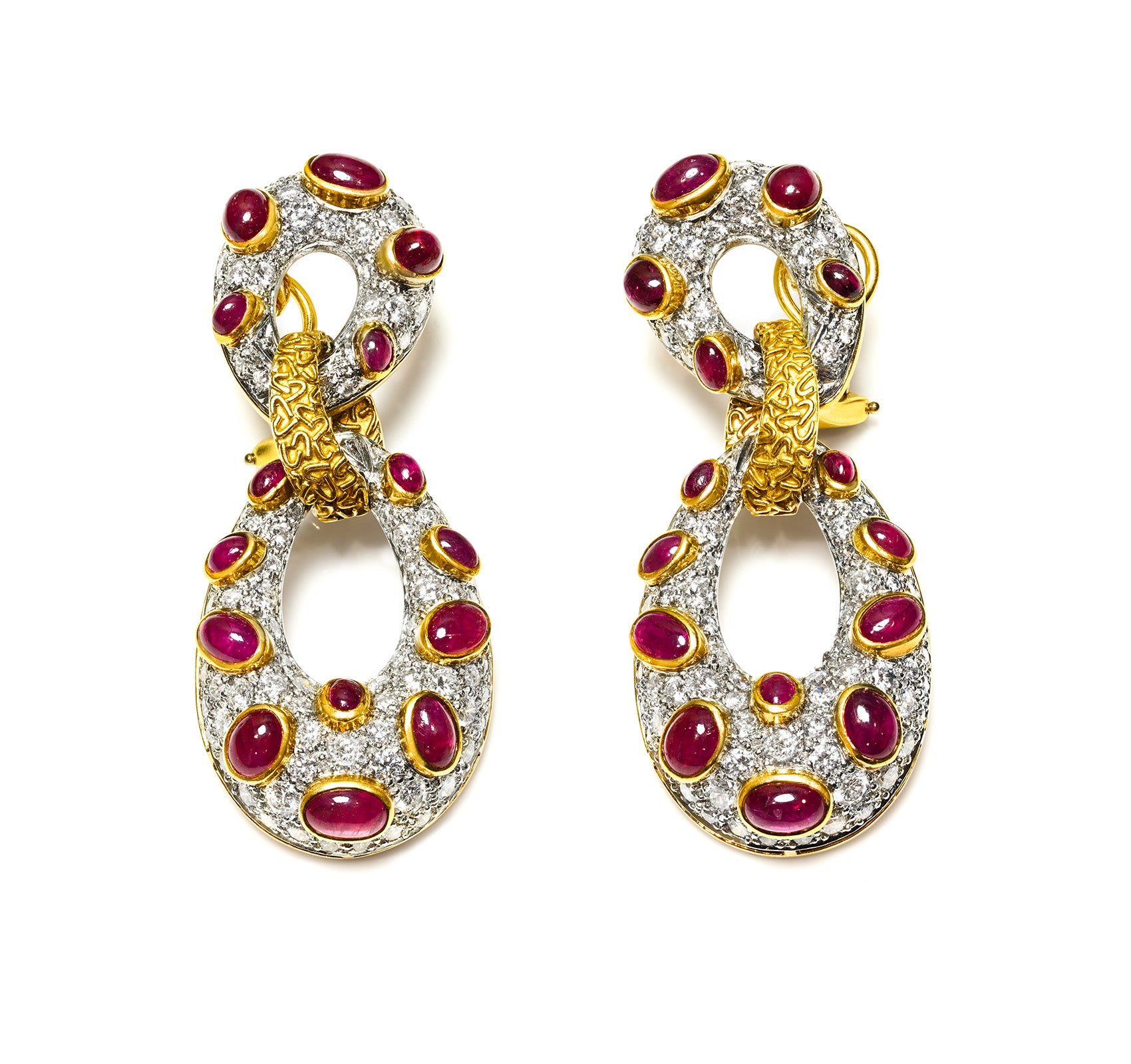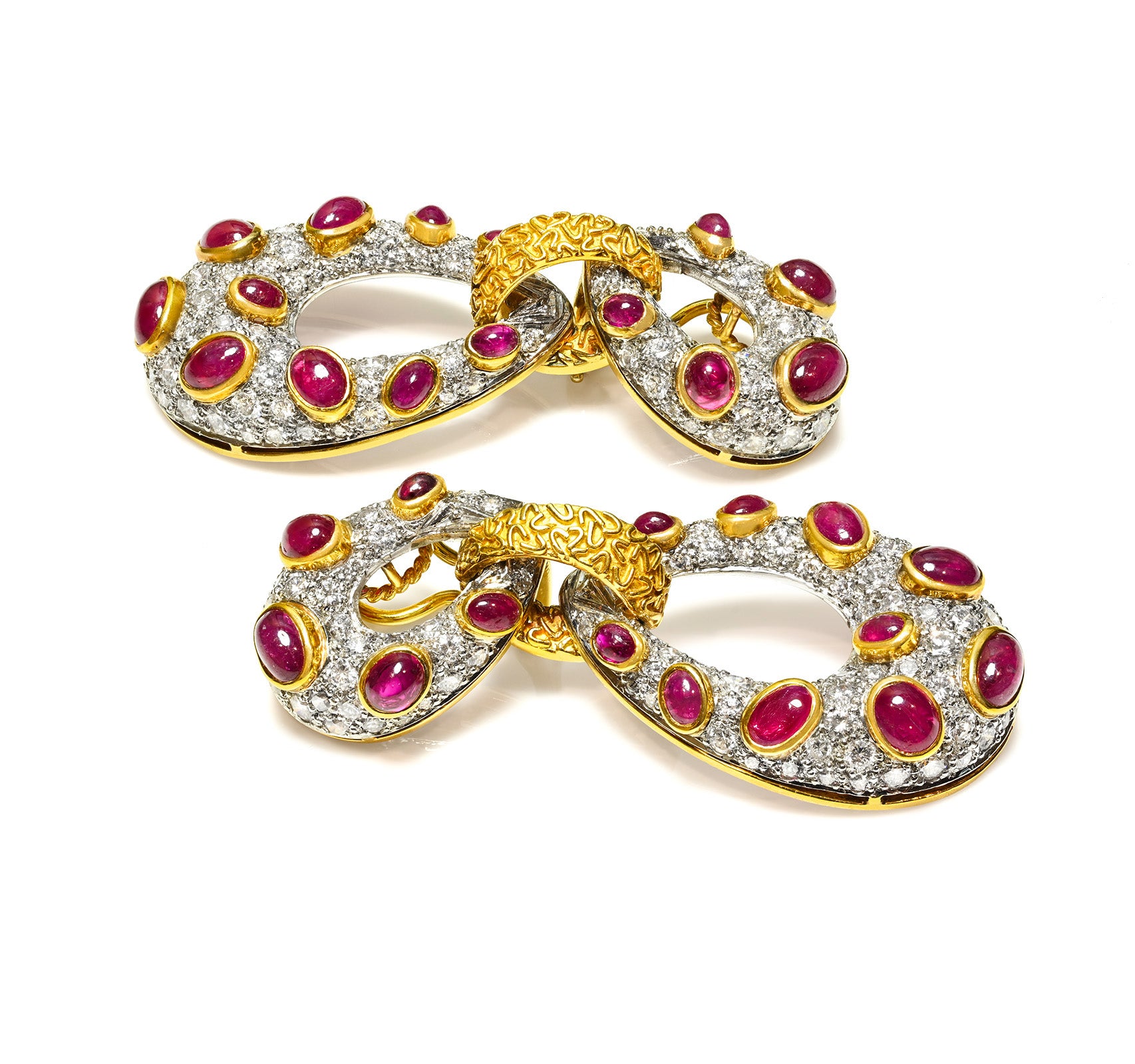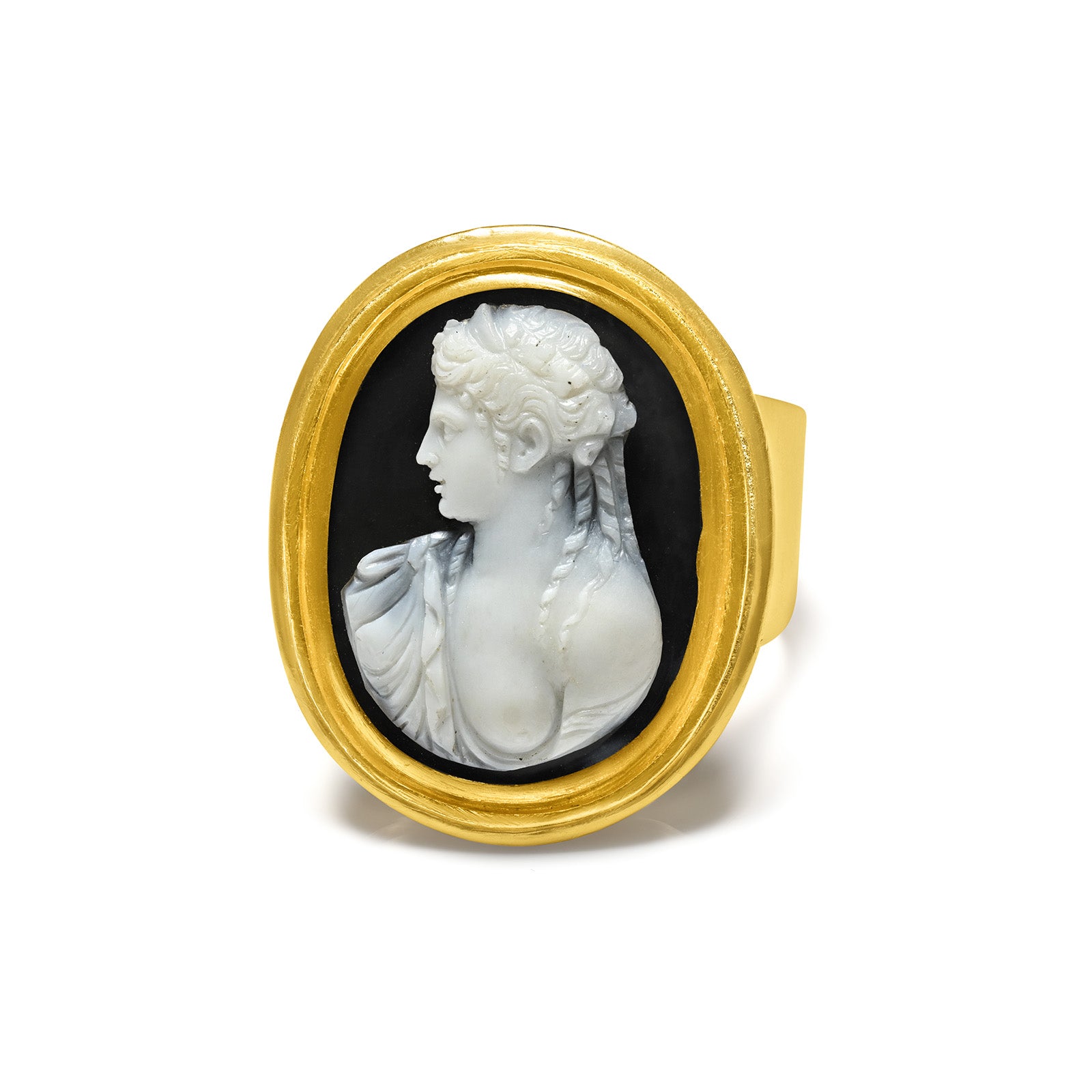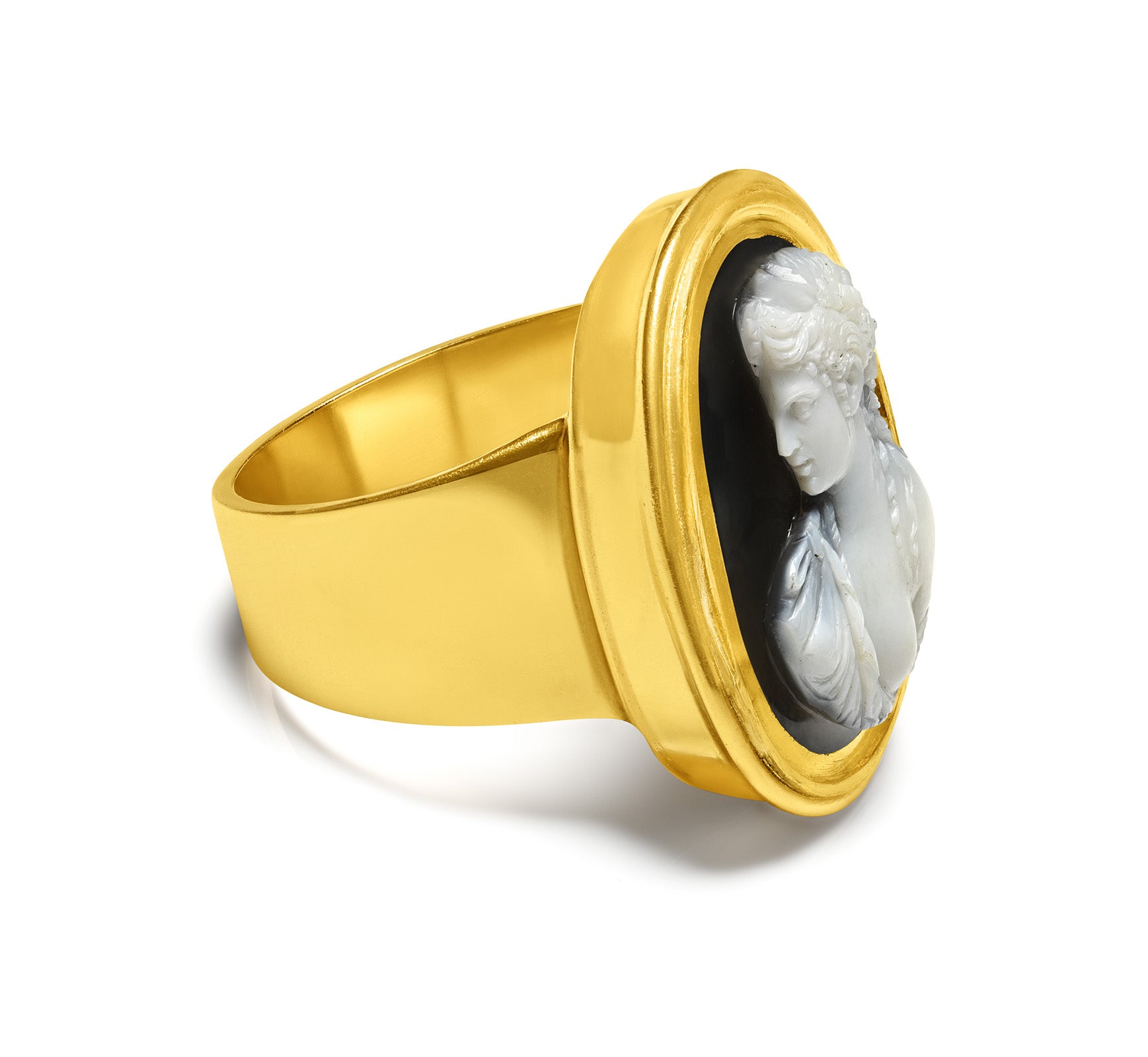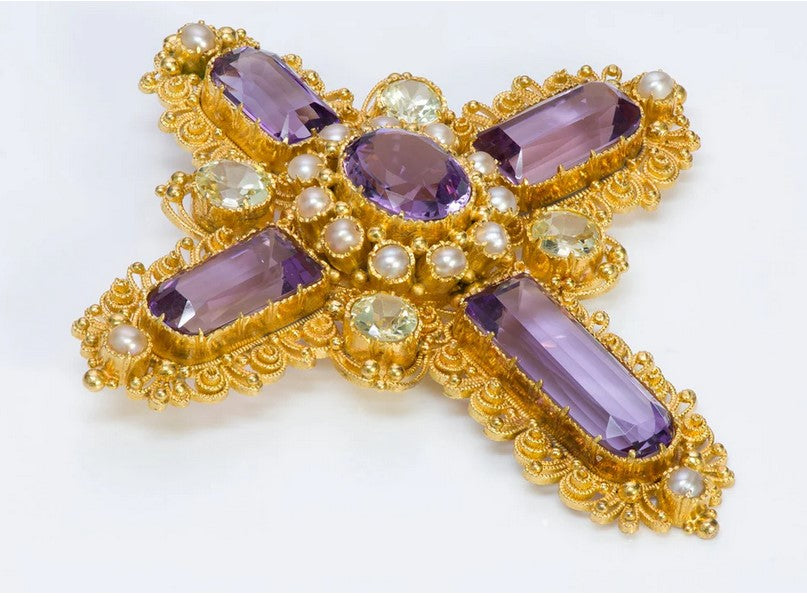
Georgian Jewelry – A Blend of History, Art, and Culture
The Georgian Period is a defining era in British history, celebrated for its exquisitely crafted jewelry, distinguished by vibrant gemstones and intricate details.
This period marks a time of profound cultural transformation, set apart from the conservatism of the Victorian era and the extravagance of the Stuart period that preceded it.
During this era, Britain’s colonial empire expanded, and the aristocracy prospered, leaving behind a remarkable legacy of art and culture that continues to inspire today.
Although the Georgian aesthetic is named for the English monarchy, the influence of France, Germany, and Italy is unmistakable, shaping jewelry designs with a blend of European artistry.

King George I (Godfrey Kneller via Wikimedia Commons)
The Georgian Jewelry: A Historical Overview
The Georgian period officially began in 1714 with the coronation of George I and ended in 1830 with the death of George IV, though it often extends to include the brief reign of William IV, up to 1837. A distinct subperiod, the Regency, spans 1811 to 1820, defined by the rule of George IV as Prince Regent during his father George III’s illness.
This time saw rapid societal and cultural change, driven by key historical events and figures. It was the era of Mozart, Gainsborough, and artistic movements like Rococo, Neoclassicism, and Romanticism.
Historical milestones such as the French Revolution, Napoleon’s campaigns, and the explorations of Lewis and Clark left their mark, as did scientific advancements, the rise of train travel, and the changing roles of women in society.
Georgian jewelry reflects this dynamic environment, emerging as a symbol of opulence and hedonism among the elite.
These designs were not confined to England but spread across Europe and America, intertwining with the Louis styles—named for French monarchs Louis XIV, Louis XV, and Louis XVI—which emphasized elegance and refinement.
Jewelry and Social Evolution
Before the mid-1700s, sumptuary laws regulated the types of jewelry and clothing permissible for different social classes, ensuring that luxury items remained exclusive to the aristocracy.
However, during the Georgian era, these laws began to fade, allowing the middle class greater access to fine jewelry. This democratization fueled a competitive demand for diamonds and other luxurious accessories, as the burgeoning middle class sought to emulate the aristocracy’s grandeur.
Despite the eventual restyling of many pieces, the extensive production of Georgian jewelry has left behind a wealth of surviving examples.

Antique Georgian Gold Amethyst Pearl Two Bracelet / Necklace (DSF Antique Jewelry)
Unique Fashion Trends
Georgian fashion was as extravagant as the jewelry it inspired. Around 1770, a group known as the Macaronis epitomized this flamboyance.
These men were characterized by their brightly colored, form-fitting garments, scarlet high heels, and diamond-studded accessories, including buttons and buckles. They often carried “quizzing glasses”, which became a hallmark of their ostentatious style, showcasing the Georgian era’s blend of luxury and individuality.

Man dressed as a macaroni in 1774 (British Museum via Wikimedia Commons)
The Georgian Period was marked by flamboyance and a penchant for eccentricity, reflected in the bold fashion trends of the time.
By 1797, the "Incroyables" introduced another extravagant trend in men’s fashion, featuring walking sticks, layers of scarves, exaggerated bicorne hats, colorful hairstyles, and jackets with wide lapels.
Meanwhile, women’s jewelry styles shifted frequently, with shapes and trends coming and going almost monthly. These fluctuations mirrored the dynamism and opulence of Georgian society.
A Legacy from Louis XIV
Although Louis XIV passed away in 1715, his influence lingered into the Georgian era. The artisans of this period, inspired by the highly skilled goldsmiths of Louis XIV’s court, continued to produce masterpieces in gold.
An unintended outcome of Louis XIV's revocation of the Edict of Nantes in 1685 was the mass exodus of Huguenot craftsmen to Germany, Holland, and England. Many of these Huguenots were talented designers and artisans.
By inadvertently dispersing this pool of skilled labor across Protestant Europe, Louis XIV enriched the jewelry craftsmanship of the Western Hemisphere.
The Hallmarks of Georgian Jewelry
Georgian jewelry is distinguished by its meticulous craftsmanship and unique characteristics. All pieces were handcrafted, requiring time-intensive techniques and remarkable skill.
-
Metals and Techniques
Georgian jewelers manually hammered metals, such as gold ingots, into thin sheets before shaping them into intricate designs. Intricate techniques like cannetille—twisting gold wire into patterns resembling woven textures—and repoussé—hammering metal to create elaborate reliefs—were staples of Georgian jewelry.
-
Materials
The period saw frequent use of silver, 18-karat gold (often combined with silver), and pinchbeck—a copper-and-zinc alloy designed to resemble gold.

Antique Georgian Gold & Garnet Cufflinks (DSF Antique Jewelry)
During wartime, countries like Germany and France encouraged citizens to exchange gold for iron or steel to fund military campaigns.
Georgian iron jewelry, known as "Fer de Berlin", often bore the inscription "Gold gab ich für Eisen" ("I gave gold for iron") and was an exact replica of the original gold pieces.
Gemstone Settings
Georgian jewelers often employed closed-back settings, which featured foil backing beneath the gemstones to enhance their sparkle, particularly in candlelight. These settings created an enchanting glow, making the jewelry ideal for evening wear.
While the craftsmanship was remarkable, the meticulous handwork often resulted in jewelry that appeared slightly "rough around the edges" compared to later eras.
This imperfection is a testament to the artistry of the time and serves as a hallmark of authentic Georgian pieces.
Absence of Stamps and Marks
Georgian jewelry lacks stamps or marks, as gold assaying and manufacturer’s marks were not enforced until the 1900s.
This absence of markings makes identifying true Georgian jewelry challenging and requires the expertise of a seasoned appraiser.
Motifs in Georgian Jewelry
Georgian jewelry designs exude a distinctly feminine essence, characterized by motifs such as flowers, crescents, ribbons, bows, feather plumes, leaves, and foliage sprays.
These delicate and romantic elements were frequently paired with glass overlays and enameling, which added depth and texture to the pieces.
Sentimental Keepsakes
During this period, jewelry often symbolized love and remembrance. Miniature portraits, silhouettes, and eye miniatures were highly cherished, serving as tokens of affection.
- Hair Jewelry: Hair from loved ones became a central material in Georgian keepsakes. For mothers, jewelry containing a child’s hair was a cherished memento. Women would even craft keepsakes from their own hair for their husbands, lovers, and children. By the end of the Georgian era, entire jewelry sets—comprising necklaces and bracelets—were made from woven hair.
- Mourning Jewelry: Early Georgian mourning jewelry was strikingly macabre compared to the sentimental pieces of the Victorian era. Common motifs included coffins, gravediggers, and skeletons, reflecting a more visceral approach to mortality.
Influence of Styles and Discoveries
- Baroque Style (pre-1750): Jewelry designs emphasized complete symmetry and extravagant ornamentation.
- Rococo Style (post-1750): Asymmetrical, open, and airy lines defined this era, offering a softer and more whimsical aesthetic.
The Georgian period was also influenced by major historical events and archaeological discoveries, which inspired various motifs, according to International Gem Society:
- Pompeii Excavations (1706–1814): Popularized Greek and Roman themes, such as Greek keys, vine leaves, and laurel wreaths, particularly in the 1760s.
- Napoleon’s Egyptian Campaign (1798–1799): Sparked the use of pyramids and papyrus leaves as design motifs.
- Napoleonic Wars: Led to the creation of Fer de Berlin jewelry, crafted from iron and cut steel, as a patriotic gesture.
Materials Used in Georgian Jewelry
A wide range of materials was employed during the Georgian era, catering to both aristocratic clients and an expanding middle class:
- Gemstones for Daytime Jewelry: Garnet, topaz, emerald, and ruby were among the most frequently used stones.
- Natural Materials: Coral, amber, ivory, pearls, turquoise, translucent agates, and carnelian were popular choices for cameos, intaglios, parures, rivière necklaces, and bead strands.
- Imitation Materials: Paste gems, imitation pearls, opaline glass, Vauxhall glass, tassies, and Wedgwood's Jasperware beads and cameos were highly sought after, rivaling the popularity of natural gemstones.
- Gold Alloys: Gold jewelry of the Georgian period typically consisted of 18-carat gold. Before the invention of the rolling mill in 1750, goldsmiths hand-hammered gold blocks to the required thickness—a labor-intensive process. The rolling mill revolutionized this process, enabling uniform sheets of gold and silver to be produced more efficiently.
Additionally, iron and cut steel jewelry were fashionable during this time, showcasing innovative techniques and materials.
Gem-Cutting Techniques
During the Georgian period, gems were often crafted into specific shapes that highlighted their natural beauty and enhanced their brilliance.
The most common gemstones—pearls, sapphires, rubies, and garnets—were often carved into cabochon or teardrop shapes, with pearls and rubies being a particularly popular combination.

Antique Georgian French Gold Agate Miniature Basket (DSF Antique Jewelry)
Gem-Cutting Techniques
Several distinctive gem-cutting styles emerged during the Georgian era:
- Table Cut: A flat top and bottom, forming a square shape.
- Rose Cut: A circular gem with a flat bottom and a domed, faceted top.
- Old Mine Cut: Square or rounded with multiple facets, closely resembling the modern round brilliant cut.
- Cabochon: Gems with a flat bottom and a smooth, rounded top.
- Briolette: A teardrop shape with facets, commonly used in pendants and earrings.
Additionally, paste jewelry—crafted by cutting glass to mimic diamonds and other gemstones—was a favored choice for costume jewelry among both the Georgian aristocracy and the middle class.
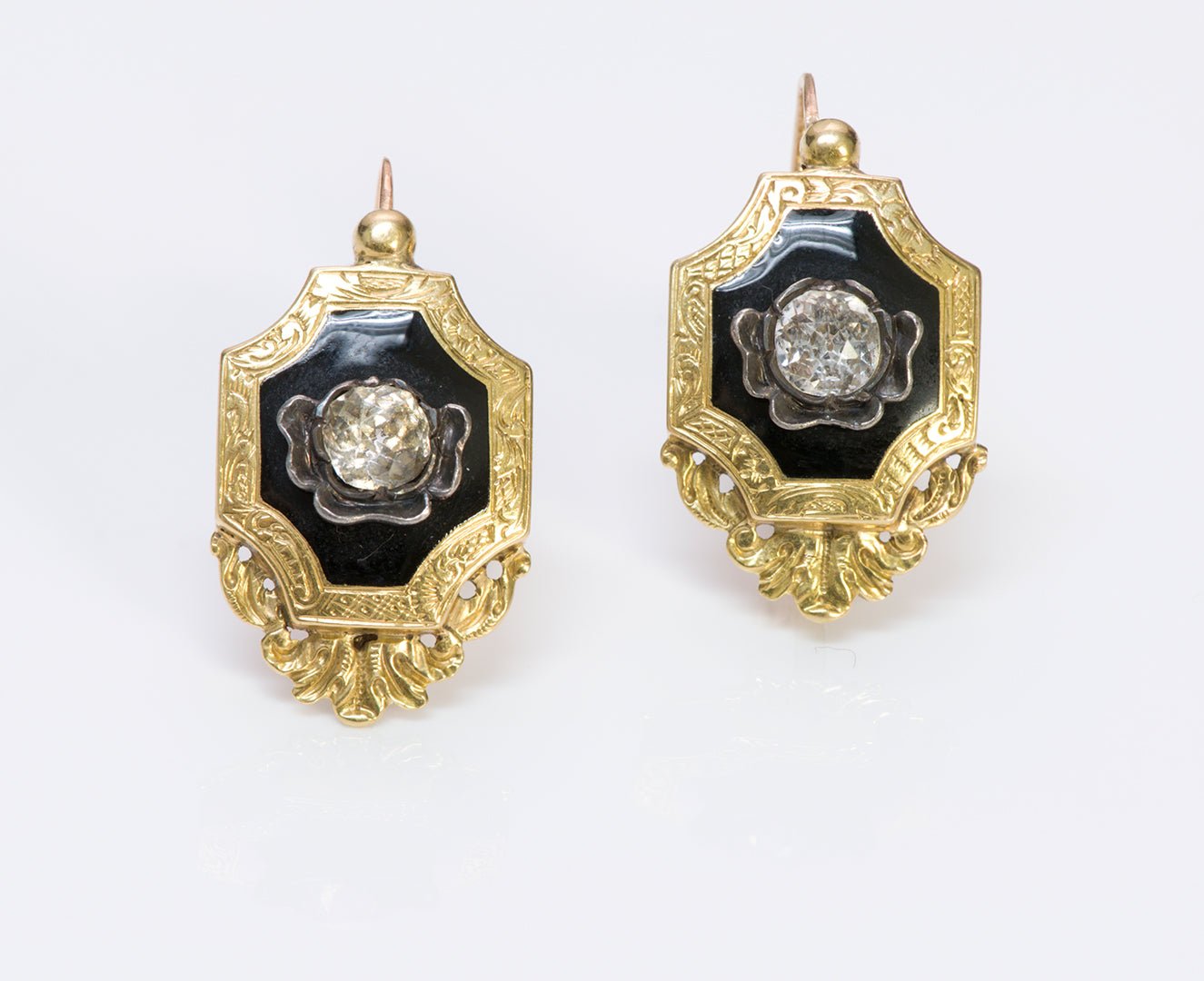
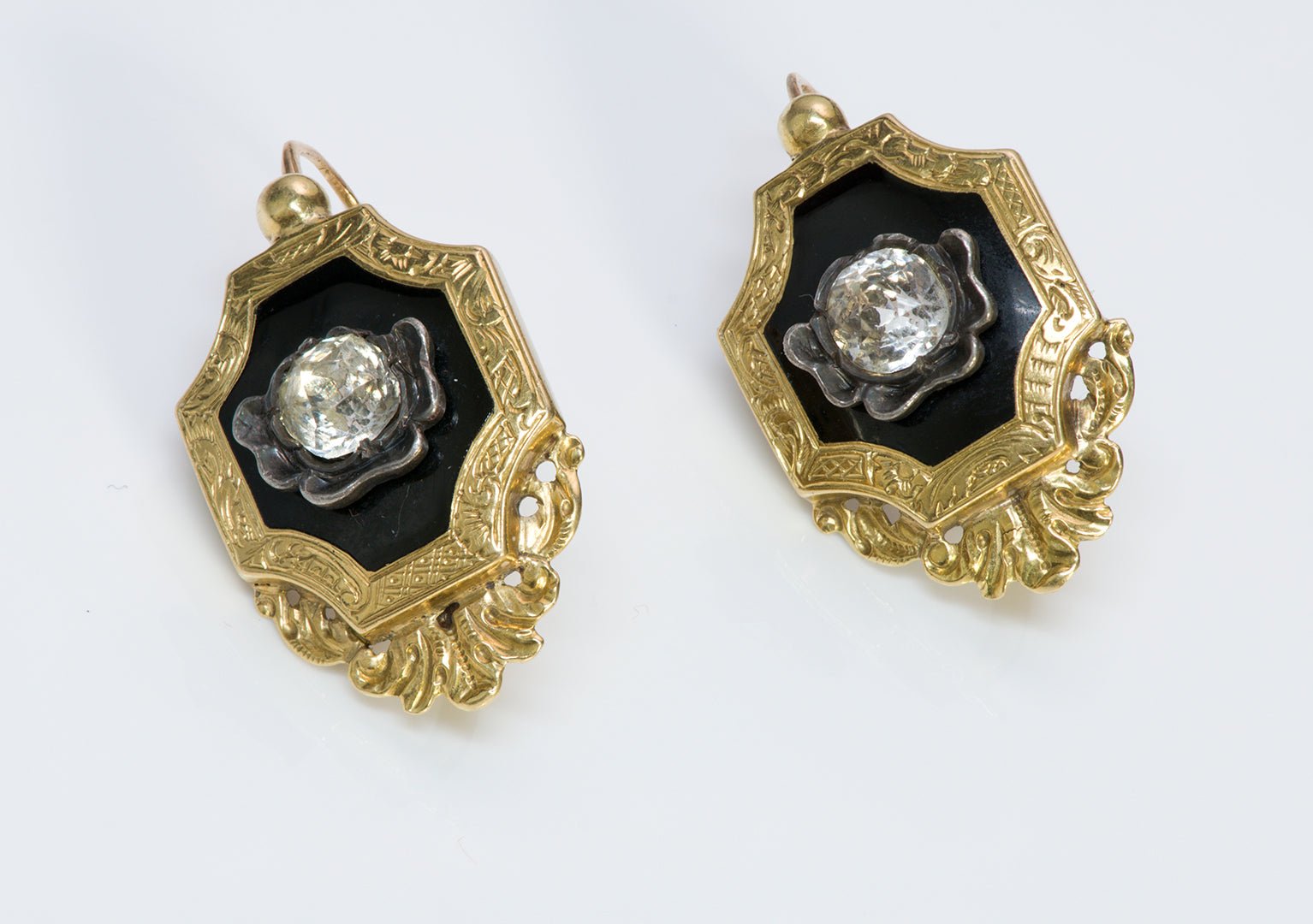
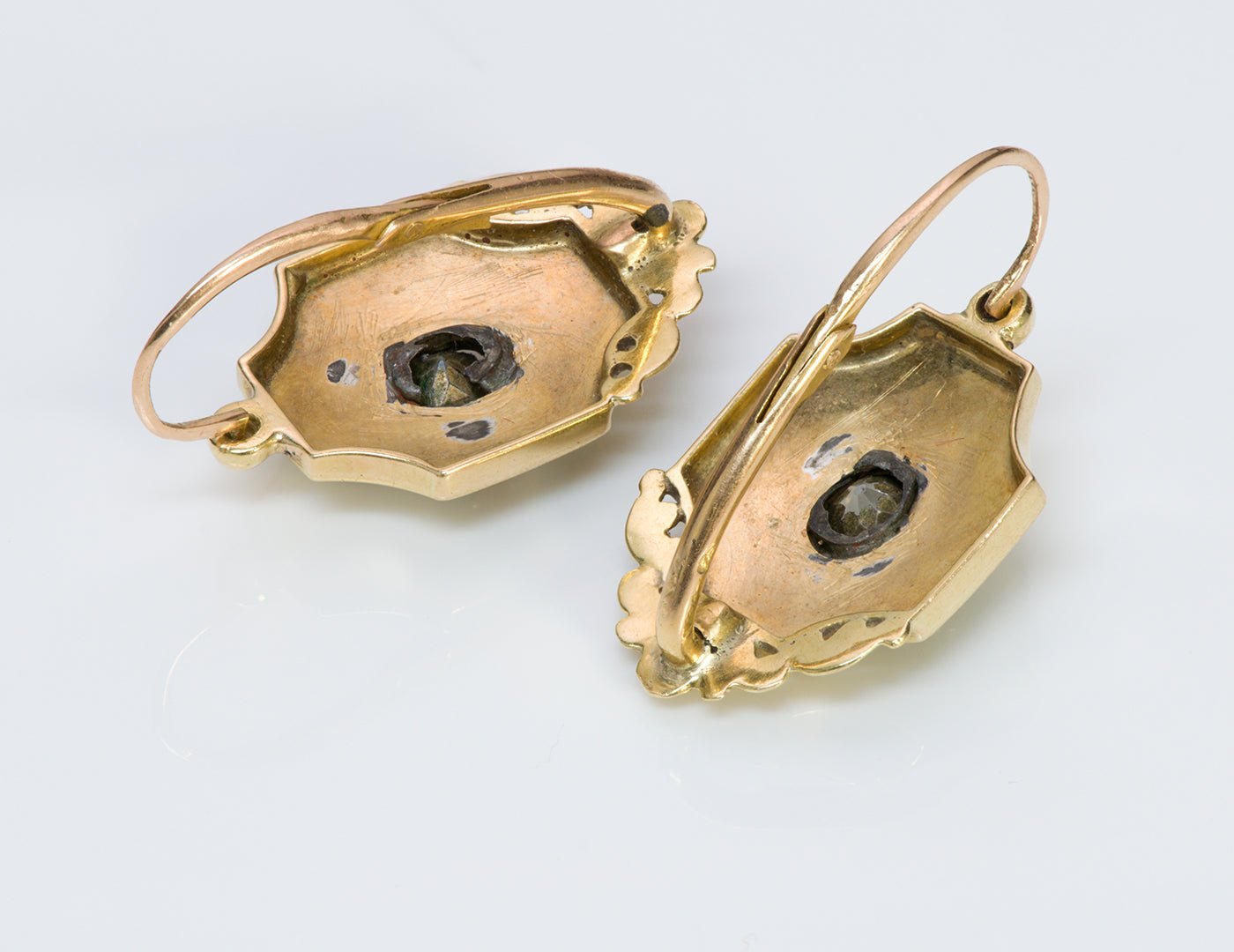
Antique Georgian Gold Silver Paste Enamel Earrings (DSF Antique Jewelry)
Foil-Backed Gems
Gemstones during the Georgian period were often set with foil backings, which amplified their colors and brightness. This technique was typically paired with closed-back settings, making foil-backed jewelry a defining feature of the era.
Metalwork in Georgian Jewelry
The metalwork of Georgian jewelry is celebrated for its intricacy and precision, achieved through entirely manual craftsmanship.
Unlike modern jewelry made using casting molds, handcrafted Georgian pieces lack porosity (surface pitting), reflecting their exceptional quality.
Materials Used
Common metals and alloys included:
- 18k or higher yellow gold
- Silver for gemstone settings
- Steel and iron, especially for cut steel jewelry
- Pinchbeck: An alloy of 83% copper and 17% zinc, invented by Christopher Pinchbeck to resemble gold and later valued for its unique properties.
Techniques in Metalworking
- Repoussé: A hallmark of Georgian metalwork, repoussé involved hammering soft metal into detailed patterns and shapes. The invention of the rolling mill simplified this process by producing thin, uniform sheets of metal.
- Cannetille: Particularly popular during the 1820s and 1830s, this technique involved intricate wirework designs inspired by embroidery. Cannetille is reminiscent of filigree and added delicate, lace-like patterns to Georgian jewelry.

Georgian Gold Carnelian Intaglio Men's Ring (DSF Antique Jewelry)
Georgian Era Styles
The Georgian era introduced an array of exquisite jewelry styles, many of which have left an enduring legacy.
Rings and Stacking Trends
The Georgian period saw the creation of delicate, symbolic stacking rings—an early precursor to the modern stacking trend. Popular designs included:
- Acrostic Rings: Spelling words like "love" or "regard" using gemstones whose first letters represented the desired word (e.g., Ruby, Emerald, Garnet, Amethyst, Ruby, Diamond).
- Clasped Hands and Floral Rings: Featuring motifs of joined hands or intricate floral designs.
- Cluster Rings: Featuring a large central stone surrounded by smaller ones for added brilliance.
Jewelry for Different Times of Day
Jewelry styles were meticulously matched to the time of day:
- Daytime Jewelry: Women typically wore simple necklaces or watch chains, lace or cameo pins, small colored stone rings, matching bracelets, and earrings of varying lengths.
- Evening Jewelry: Mine-cut and rose-cut diamonds were preferred, showcased in rivière necklaces—a "river of light" design that often featured detachable pendants for added versatility.
Pinned-up hairstyles accentuated the beauty of girandoles and pendeloque earrings, which cascaded elegantly to frame the face.
Parures and Multi-Purpose Jewelry
Jewelry sets, or parures, were considered essential for stylish women. These collections often contained up to 16 pieces, designed with complementary gemstones and unified themes.
Georgian jewelry also embraced versatility, with pieces like pendants that doubled as brooches and elaborate gemstone bouquets called giardinetti evolving into extravagant designs.
Chatelaines and Accessories
The chatelaine, a decorative chain used to carry everyday items, was a hallmark of Georgian women's fashion. Essential items—like keys, watches, and sewing tools—hung from the chain, making it both practical and ornamental.
Gentlemen, too, adorned themselves with status symbols like diamond-studded shoe buttons and buckles, often crafted from luxurious materials.
Hair and Headdresses
Towering hairstyles required equally stunning adornments. Combs, hairpins, bandeaus, aigrettes, and tiaras were crafted with gemstones and intricate designs, complementing the dramatic elegance of Georgian fashion.
Material and Design Innovations
Rings featured a mix of materials, with large center stones often made of paste or foiled gems. Bands were worn individually or stacked, with small diamond clusters arranged to create visual drama.

Queen Victoria (Franz Xaver Winterhalter via Wikimedia Commons)
From Georgian to Victorian
The transition from the Georgian to Victorian era was evolutionary rather than abrupt. Many Georgian motifs, such as mourning jewelry, cameos, and portrait miniatures, remained popular well into Queen Victoria's reign.
Wealthy patrons often had their jewelry updated to reflect the latest fashions, leading to the destruction of many original Georgian pieces.
This rarity enhances the value of surviving Georgian jewelry, which remains highly coveted by collectors today.
